----------------------------------------------------------------------
【Voltage Compatibility】
When using electrical appliances, please note that they are designed for Japanese voltage specifications (90-110V), so if you use them with a different voltage, it may cause a malfunction.
【Plug Type】
Our products use Japanese plug types (A or B type).
Please use a conversion adapter if necessary.
【Important Note on Transformers and Adapters】
A transformer adjusts voltage to match your device’s requirements.
A conversion adapter only changes the plug shape and does not adjust voltage.
Using only a conversion adapter without a transformer may result in damage to the product.
【Liability】
We are not responsible for malfunctions or damages caused by improper use, such as operating the product without a transformer.
----------------------------------------------------------------------
Nickel plated, Made in Germany
Comes in original case.
To use it, pinch the handle of the tuning fork and lightly tap the tip to vibrate it. While it is vibrating, bring the tip of the handle close to a hard object such as the side of a piano or your ear to hear the sound. Example: The sound emitted by an A tuning fork is an A, which is the open A string used in many stringed instruments. Note that the A of a tuning fork is two octaves higher than the open A of the 5th string on a guitar, so it is necessary to tune it with the harmonic of the 5th string, 5th fret. Although it is difficult to get used to, tuning with a tuning fork is also a good ear training tool, and in recent years it has become very popular as a healing item.
A (La) = 440 was decided at an international conference held in London in 1939, and it became the international standard in 1953 and has not been changed to the present day (2019). (It is usually written as "A=440 Hz" or "A440".) However, there are many orchestras and brass bands that tune to a pitch of A=442 or higher, and A=442 is especially standard in classical music. Time signals on television, radio, and 117 also sound three 440Hz tones and then 880Hz (one octave higher than 440Hz).




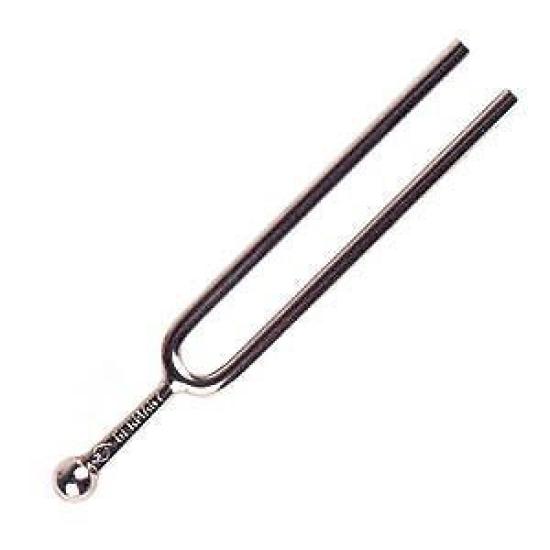
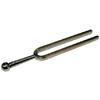
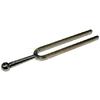
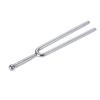

![Tuning Fork D'Addario A=440Hz PWTF-A []](https://img.joomcdn.net/3c75caaccdad6d87d00b3a3c5cf9f53eec032213_100_100.jpeg)






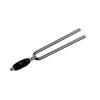

![MEINL Sonic Energy Collection Tuning Fork Crystal Tuning Fork CTF440C20 15" 440Hz/C []](https://img.joomcdn.net/45275c00c086708ced985084681ed37e3a6cd831_100_100.jpeg)
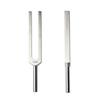
![MEINL Sonic Energy Collection Planetary Tuned Tuning Fork 256 Hz C3 / TTF-256 []](https://img.joomcdn.net/436e6d5b6e05e7611a1c28721747fba13a7ecbb2_100_100.jpeg)
